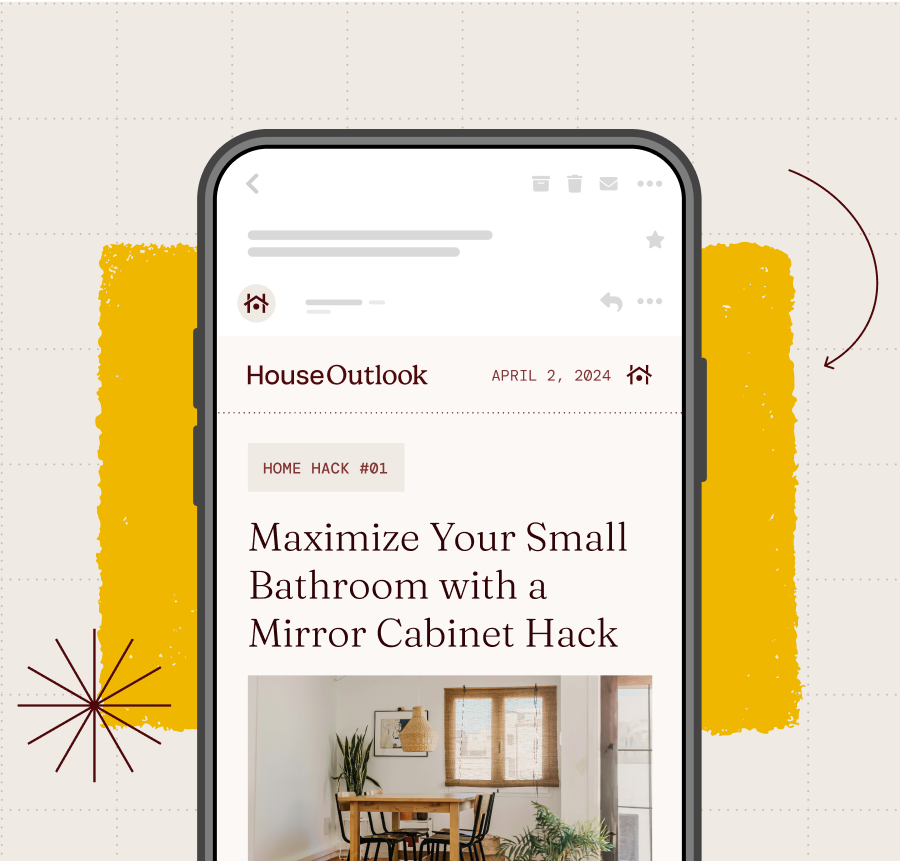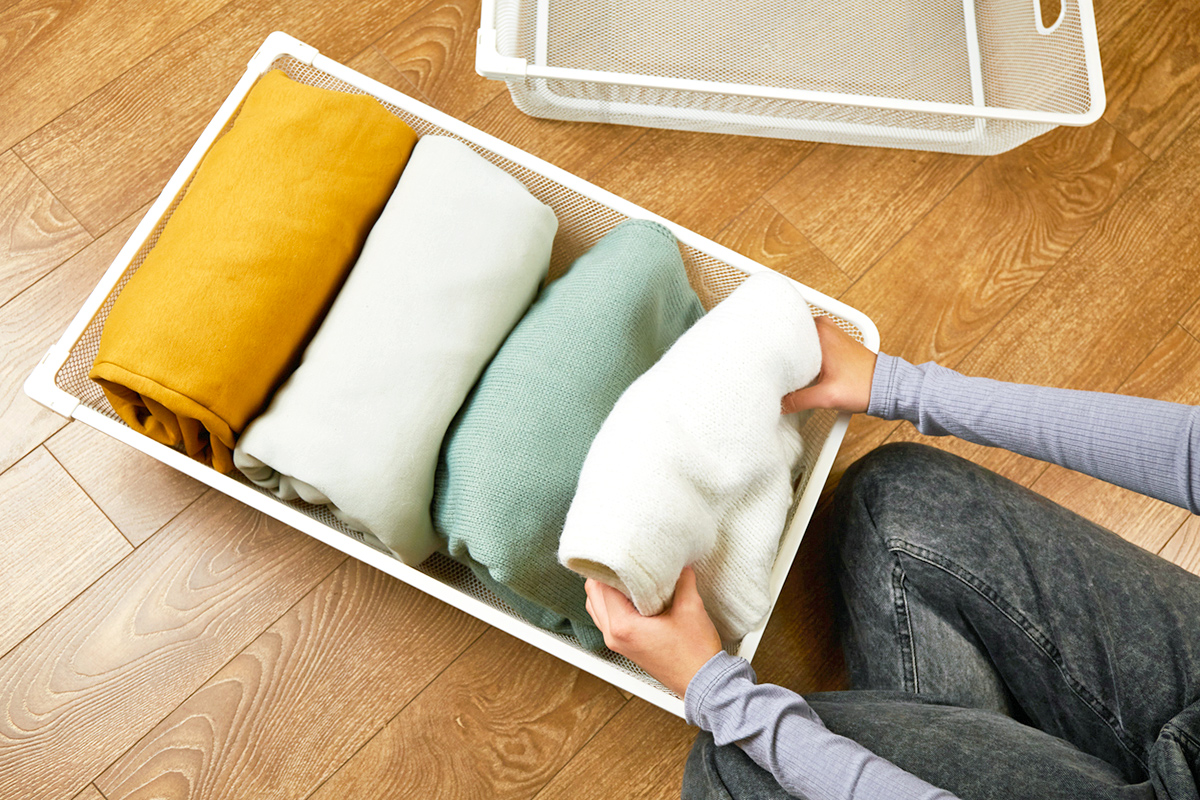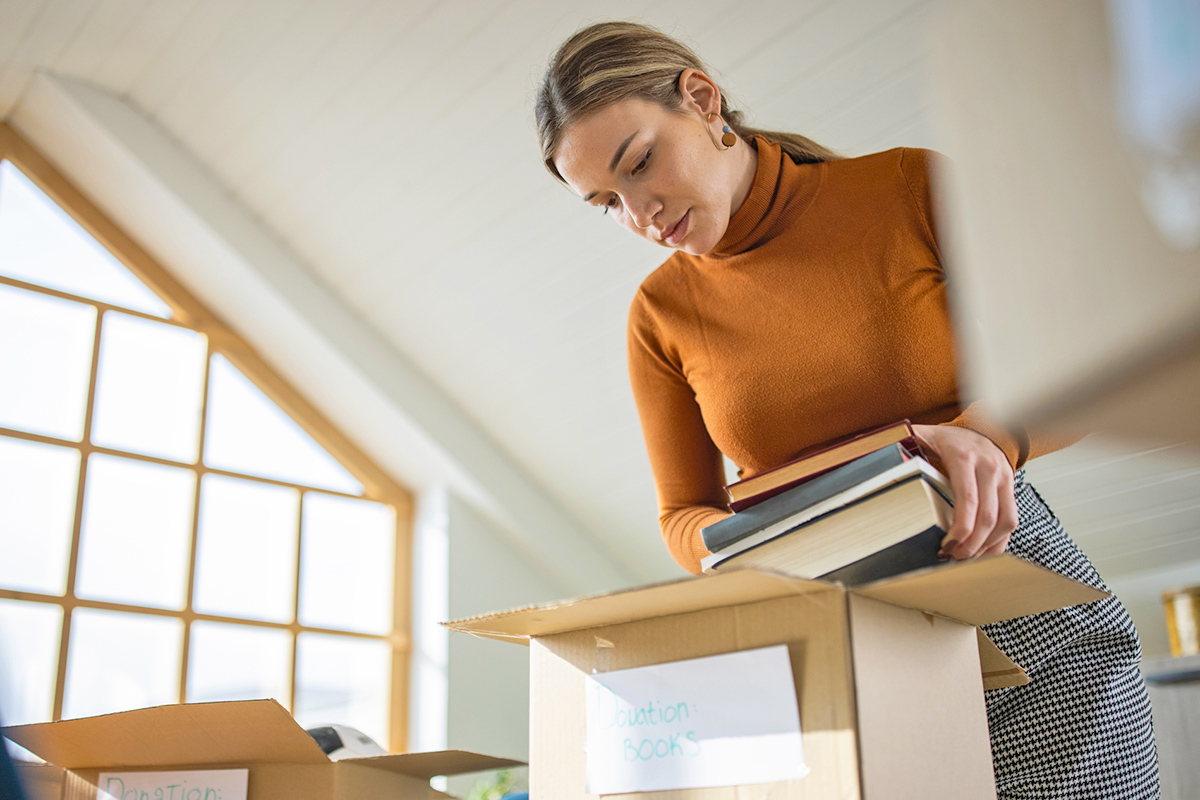If you’re a tea drinker, you could have a gold mine on your hands. Old tea bags can come in handy if you’re looking to feed your houseplants for pennies. So, the next time you steep one, don’t toss it — you can turn it into nitrogen-rich plant food in just a few simple steps.
How To Fertilize With Tea Bags
Start by collecting your old tea bags and storing them in a dry place. To help the tea bags dry faster, arrange them on a flat surface, such as a paper towel-lined plate or tray, making sure they don’t touch. You can speed up the drying process even further by placing them in the sun, near an open window or fan, or by warming them in the oven or microwave for a few minutes (see instructions below).
To dry them in the oven, remove the tea leaves from their bags and spread them on a parchment-lined baking sheet. Set the oven to its lowest temperature and let the leaves bake for about an hour, stirring occasionally. If you’re using a microwave, place the loose leaves on a paper towel-lined, microwave-safe plate. Microwave the leaves in 30-second intervals, tossing them after each one. Repeat this step until the leaves are completely dry.
More from our network
House Outlook is part of Inbox Studio, which publishes content that uplifts, informs, and inspires.
Once the tea bags are dry, cut off the tops so you can transfer the leaves into the soil. If you have a lot of plants to feed, consider dumping the tea leaves into a large bowl for easier access. Next, aerate the soil around your plant by scraping the top layer with a fork or gardening tool. For smaller plants, you can poke a few holes into the dirt with a chopstick or pencil. Finally, add a pinch of tea leaves to the soil, and use your hands or a tool to gently mix them into that top layer until everything is well blended.
If you have biodegradable tea bags and need to fertilize a large shrub or tree, there’s no need to empty them — just bury a handful of whole bags right into the dirt near the drip line (i.e., the outermost edge of the plant’s branches).
Plants That Love Tea Leaves
Since tea will make your soil more acidic, it’s important to use this hack only with plants that prefer a low pH. For indoor plants, this includes ferns and caladiums, as well as flowering varieties, such as fuchsias and camellias. If you’re taking your tea bags to the garden, consider adding them near the base of acid-loving shrubs like azaleas, rhododendrons, hydrangeas, and gardenias, and trees such as dogwood and Japanese maple.



















